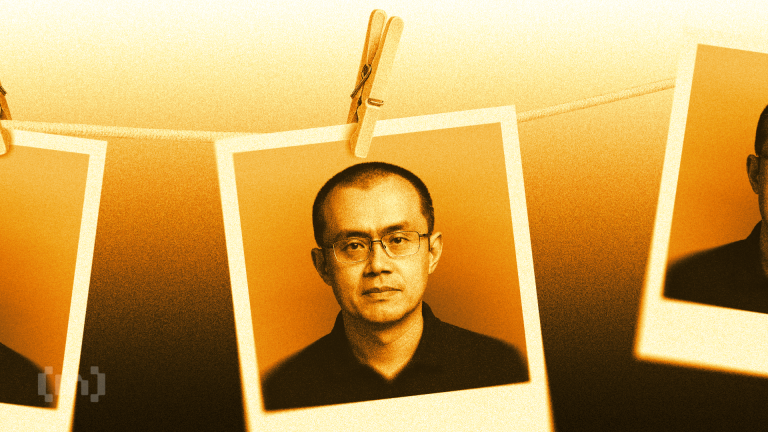
Smart Homes and Smart Living: The Technological Transformation of European Homes by 2025
Smart Homes and Smart Living is revolutionizing the way we live and interact with our homes. The integration of smart technology into European homes is transforming the future of living, making it more convenient, energy-efficient, and secure. By 2025, smart homes will become the norm, and it’s essential to understand the impact of this technological transformation on our daily lives.
Introduction to Smart Homes
Smart homes refer to the integration of advanced technology into a home’s infrastructure, allowing for automated control and monitoring of various systems, such as lighting, temperature, security, and entertainment. This technology enables homeowners to control and monitor their home’s systems remotely, using a smartphone or tablet, making it easier to manage their home’s energy consumption, security, and comfort.
Benefits of Smart Homes
The benefits of smart homes are numerous, and they can be categorized into several areas, including:
- Energy Efficiency: Smart homes can help reduce energy consumption by automatically turning off lights, appliances, and heating/cooling systems when not in use.
- Convenience: Smart homes offer increased convenience, allowing homeowners to control and monitor their home’s systems remotely, using a smartphone or tablet.
- Security: Smart homes can enhance security by providing real-time monitoring and alerts, allowing homeowners to respond quickly to potential security threats.
- Comfort: Smart homes can improve comfort by automatically adjusting lighting, temperature, and entertainment systems to create a comfortable and relaxing environment.
The Future of Smart Homes in Europe
By 2025, smart homes will become the norm in Europe, with an estimated 50% of households adopting smart home technology. This growth will be driven by the increasing demand for energy efficiency, convenience, and security. The European smart home market is expected to reach $25 billion by 2025, with the UK, Germany, and France being the leading countries in terms of adoption.
Challenges and Limitations
While smart homes offer numerous benefits, there are also challenges and limitations to consider, including:
- Cost: Smart home technology can be expensive, making it inaccessible to many households.
- Complexity: Smart home systems can be complex, requiring technical expertise to install and maintain.
- Security: Smart homes can be vulnerable to cyber threats, compromising the security and privacy of homeowners.
- Interoperability: Smart home devices and systems may not be compatible, making it challenging to integrate different technologies.
Conclusion
In conclusion, the future of European homes is changing with the integration of smart technology, transforming the way we live and interact with our homes. By 2025, smart homes will become the norm, offering increased convenience, energy efficiency, and security. While there are challenges and limitations to consider, the benefits of smart homes far outweigh the drawbacks, making it an exciting time for the European smart home market.





